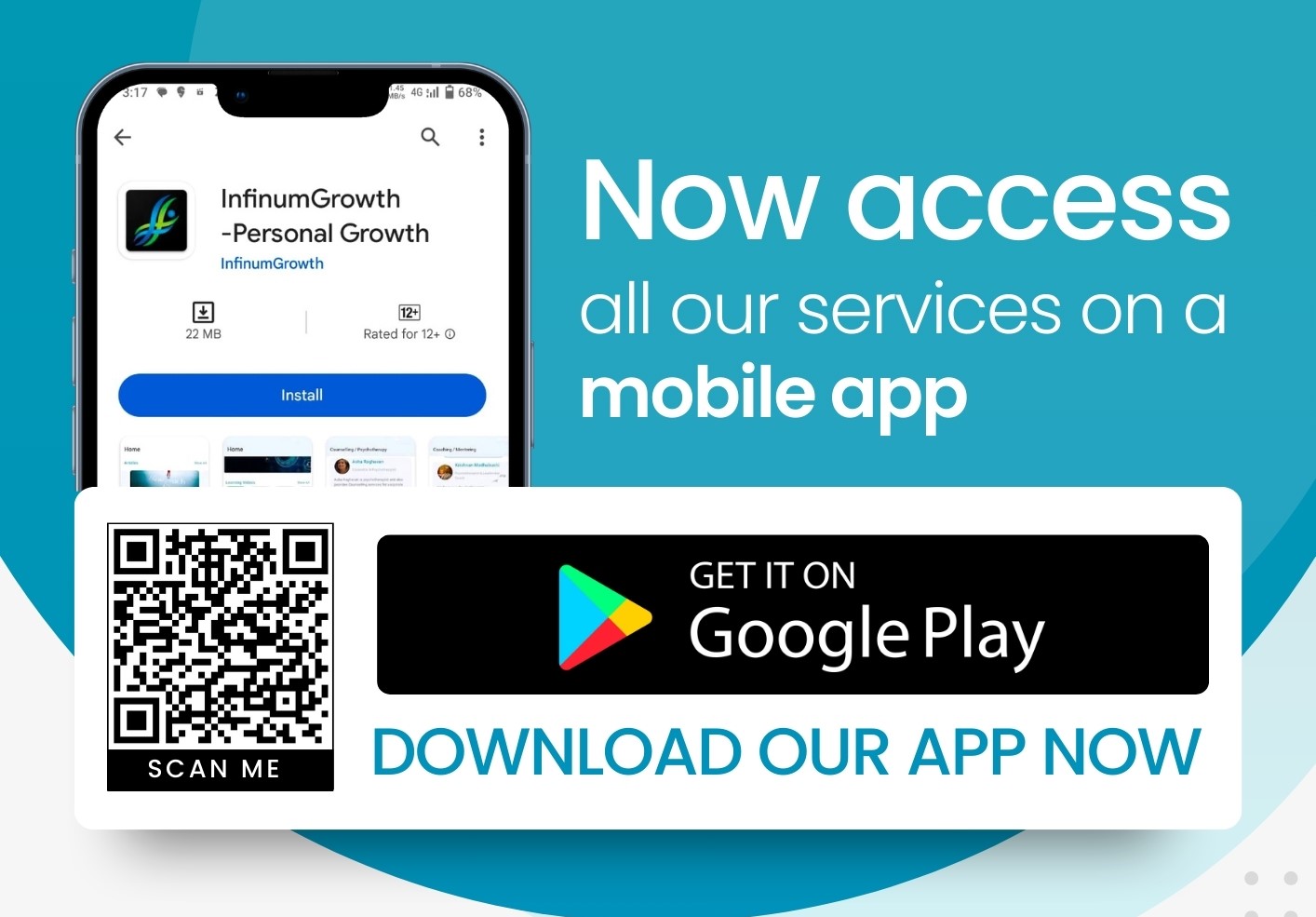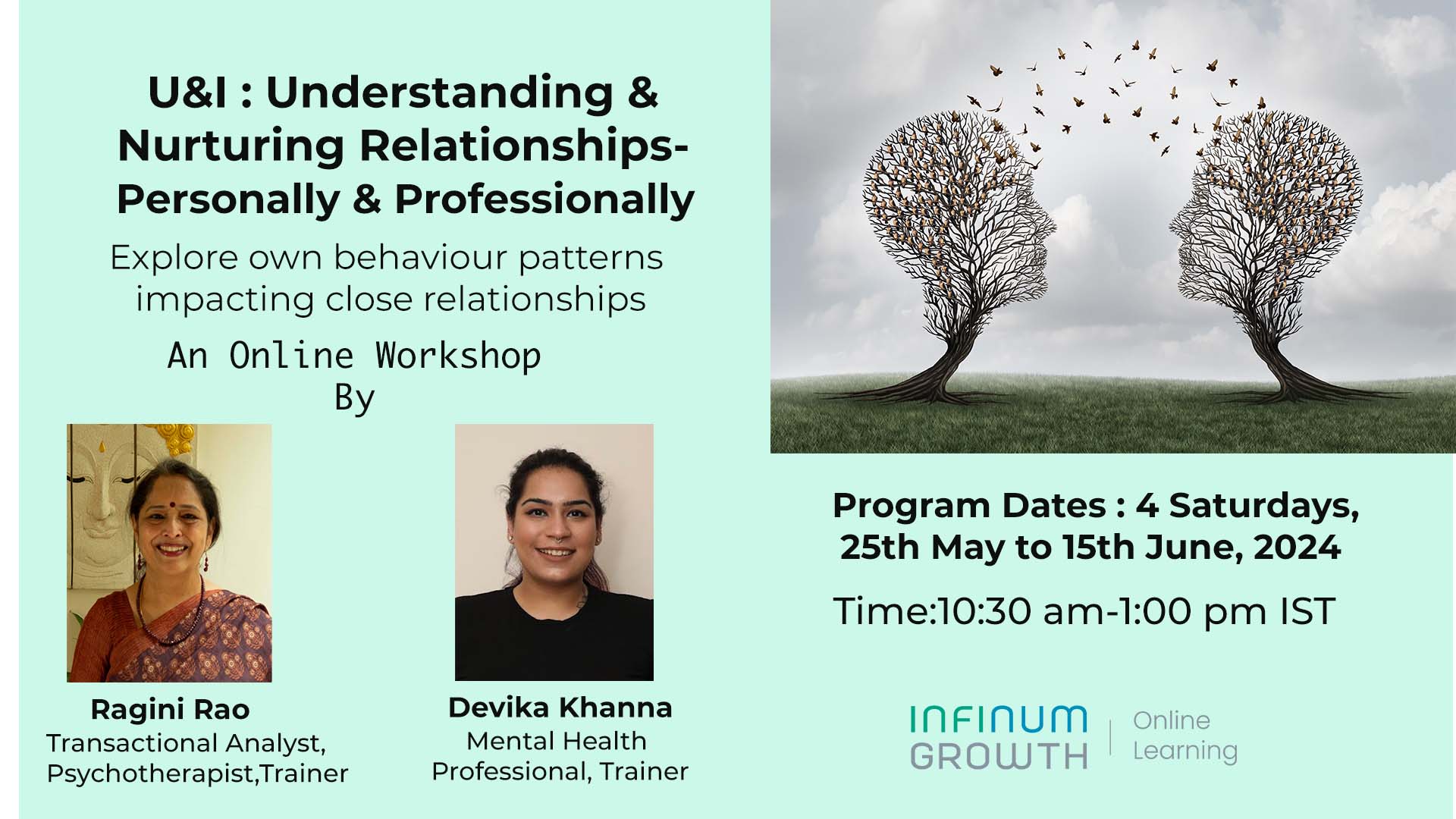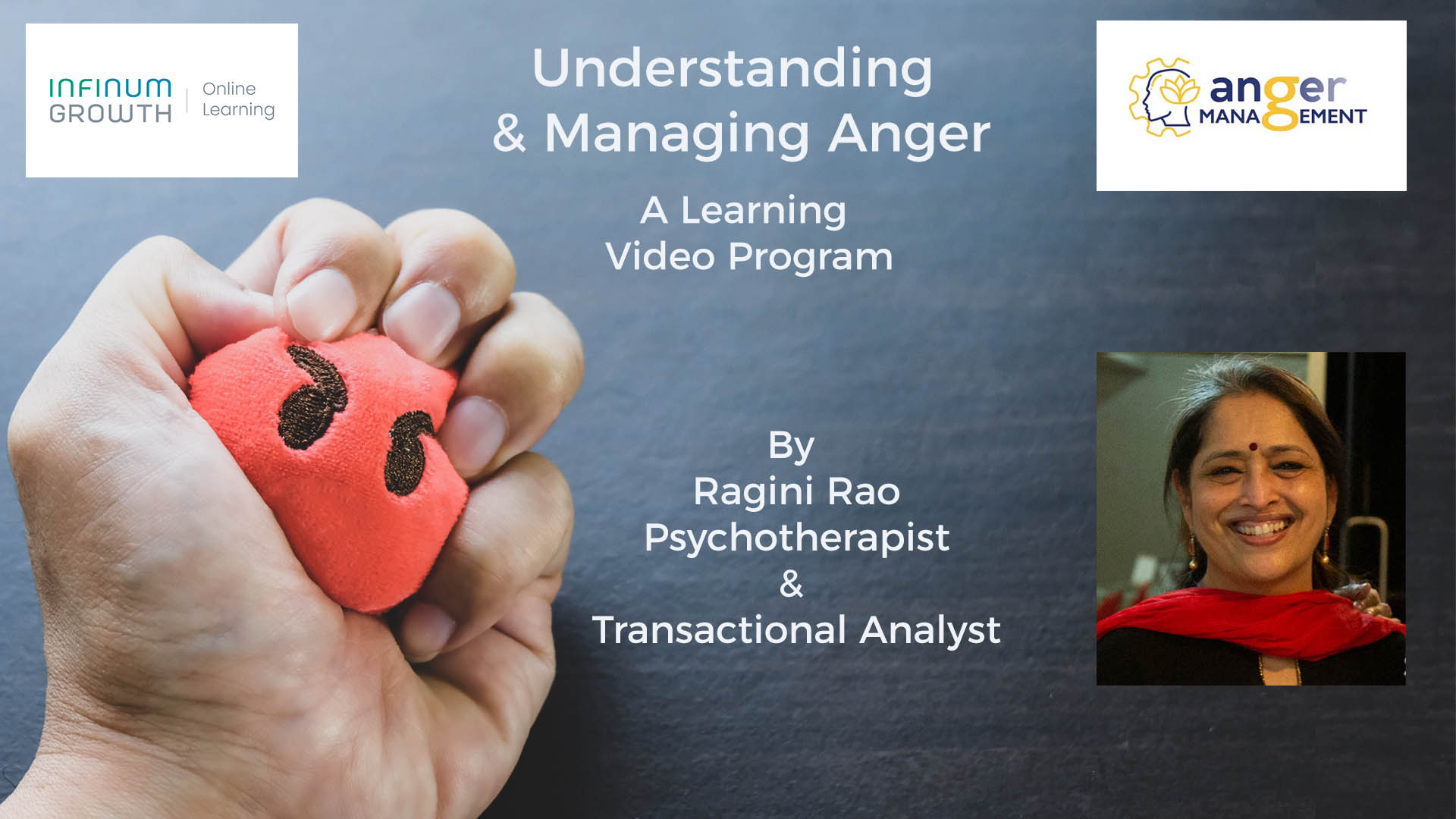“Always treat your employees exactly as you want them to treat your best customers.” –Stephen R. Covey
With a growing economy, while businesses see growth opportunities, they also experience greater pressures in retaining employees for whom new doors keep opening. The startup culture adds to the scenario by pulling away ambitious talent. As a result today, businesses seek and appreciate employees who are likely to be involved more deeply with the organisation and are willing to take on varied responsibilities. The expectation is that irrespective of one’s job profile, it should be possible for an employee to multitask and handle a mix of roles, whenever required.
The demand, therefore, is for a “Jack of All and Master of One” profile; that is, one should be excellent in their core skill set but should also be aware of and willing to take on many other skills to the extent of, at times, being ready to learn a completely new skillset.
On the other hand, today’s employees are also the sorts who want more variety of experience and learning. Employees who feel they are not learning new things at work, often leave an organisation pretty soon.
Employee Experience is the way forward
It’s therefore looking like both, the organisation and the employee, need to be ready to give more than just performance of a single role.We are therefore arriving at a point where the uni-directional “Employee Engagement” activities run by the HR department are passé.
On the other hand, what will need to emerge is the concept of designing Employee Experience, somewhat like Customer Experience. Just as marketing and product teams have moved beyond customer satisfaction to look at total customer experience, Organisations and HR departments need to focus their efforts in building programs and processes that continuously improve the entire employee experience, while meeting the company’s needs.
This will ensure the employee delivers the multi task/role changing capability to the organisation, while the business delivers a greater learning and growth experience to the employee.
The employee experience encompasses everything that happens at work – right from the physical environment, to the organisation’s work culture and behaviour, to the level of technology deployed. As competition continues to heat up to hire skilled talent, businesses are being challenged to step up their employee experience game. Creating a positive employee experience means designing a workplace where people can give their best work deliveries, while learning continuously, upgrading skills, being recognised and feeling a sense of belonging with the organisation.
Steps to build Employee Experience
Here are the some key steps organisations could take to help create a great employee experience:
- Adopting Design Thinking – The core thought in this method is to put the user (employee) at the heart of the process. While defining elements of the work culture, the Organisation should start by empathising with and understanding employees at different levels, probing into their needs, desires and expectations. Based on the understanding, define what the team processes could be; and of course, at what cost, to get the desired value. That is where ideas will emerge and flow from.
- Bringing Flexibility – With demand and expectation increasing from both the organisation and the employee, work-life integration is key. Today, with congested cities and other day to day stresses in life, an organisation need not want employees to just clock in number of hours; the focus could be better placed on productivity and results. Flexibility in terms of timings at work, work-from-home facility etc, are practical ways to get the best out of the employee. When an organisation becomes flexible, it also sees the employees going that extra mile, since the energies are more directed towards “doing work” rather than just “being at work”.
- Showing Transparency – With information overload through internet and social media, awareness levels of right or wrong and safe or unsafe places to work for, are much higher. Employees will feel more secure and safe working in an environment which is transparent. The employees want to know the organisation’s business goals, strategic direction, revenues and profitability levels. They want to know if the place will have the right opportunities coming up for them. Transparency helps build trust. It helps in not just feeling secure but also fostering a greater sense of belonging; and all this leading to much higher productivity.
- Sharing feedback frequently – When the employee seeks growth and development, the need for regular or on-going feedback becomes important. It is critical to have continuous conversations with the employee – guiding, encouraging and giving constructive feedback, so that the entire process is smooth. Waiting for the performance management cycle to give feedback, takes away the scope for improving productivity in the current period. Today there are also a lot of tools which facilitate on-going feedback.
- Simple and Intuitive processes: In this dynamic environment, no one wants to get stuck with complex process. Both, the organisation and the employee want to move fast. But are the organisation’s processes aiding that? A periodic review backed by employee feedback could be a great way to update processes.
To start bringing change, an agile approach may be a good way. Instead of spending months on ideation and prioritisation, define the first offering and launch it to see how it works. Include all employees into the change process early on. This will increase chances of identifying issues and quickly ensuring support. You can also define metrics to illustrate your feedback and take corrective action, thus improving your offering gradually with each iteration.
Lastly, do not be afraid to fail while bringing change. The most important innovations often emerge from mistakes!
Please do leave your comments at the bottom and do share with others if you like this article.















Sweta, you’re right on! The one thing I would add is that the work-at-home option works to some extent but I do believe there’s significant value in actually being there in person. None of us in the corporate world works in our own world – you build better relationships with your partners when you’re co-located, even if your own team is dispersed. Pairing up employees with their partners and clients(even internal) is a lot more productive.
Having been in both situations, I can clearly see the benefits of being in the office, particularly as we espouse an agile decision-making structure.